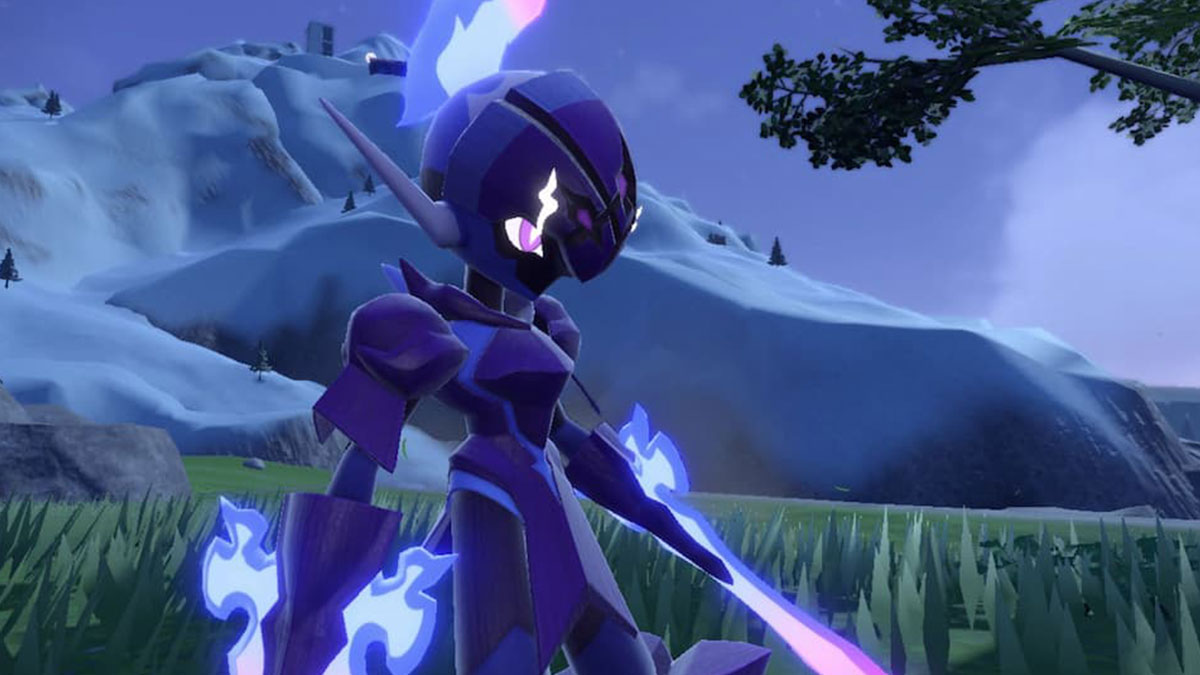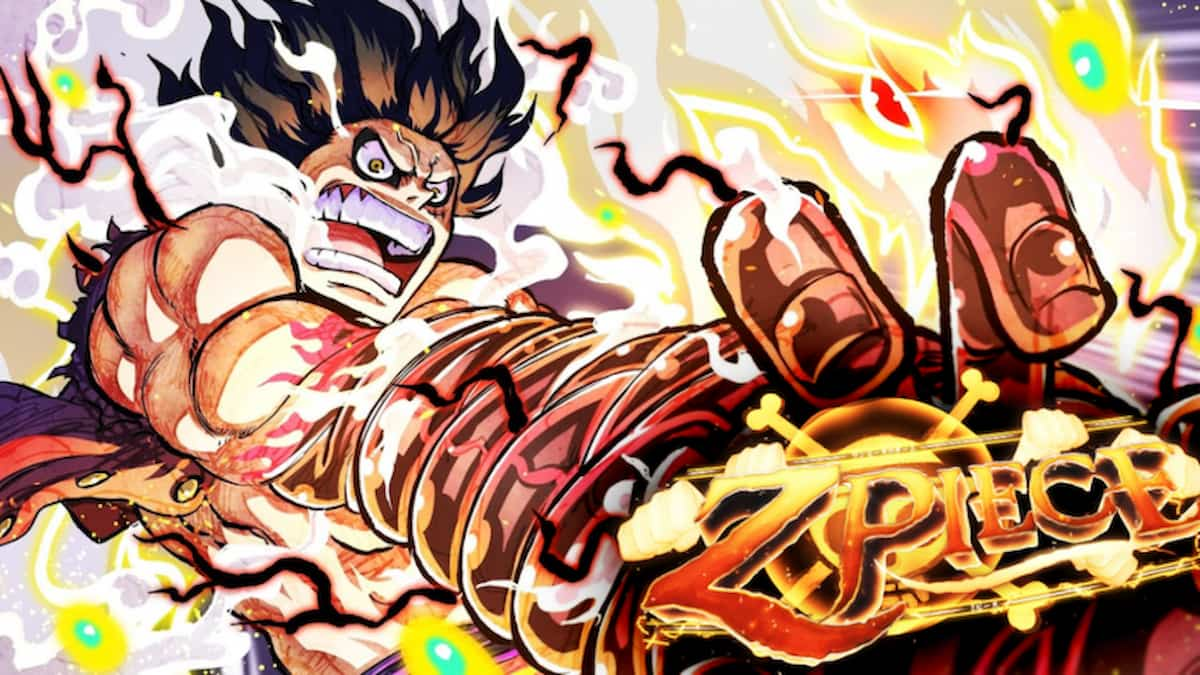The Pokémon series primarily consists of exploring a given region, capturing all of the Pokémon in the area, progressing through the story, and training your team to take on the toughest challenges. For those who want to take this experience to the next level, you start to examine a Pokémon’s Effort Values (EVs) and Individual Values (IVS), finding the perfect team to use against other Pokémon trainers. These stats can be a bit tricky to understand. Here’s what you need to know about EVs and IVs in Pokémon games.
What are EVs and IVs in Pokémon games?
It’s essential to note EVs and IVs are different values. A Pokémon’s EVs have to do with their base points, which determine a Pokémon’s health, attack, Defense, special attack, special Defense, and speed. How these are measured slightly varies from each Pokémon game, but a Pokémon can have a maximum of 510 EVs for many modern ones. A Pokémon’s EVs can be boosted by giving it particular items, such as HP Up, Protein, Iron, Calcium, Zinc, or Carbos, and in some games, there are berries, weights, or feathers that also boost these scores.
Related: All Pokémon Nuzlocke rules – How to play a Nuzlocke in the Pokémon games
A Pokémon’s IV is even more complicated than knowing its EV. They’re still associated with a Pokémon’s base stats. Still, those stats now have a different number associated with them, ranging from 0 to 31, and these will vary for every Pokémon you encounter in the game.
A handful of things you want to examine when you catch a Pokémon will help you determine the quality of its IV. For example, when you catch a Pokémon, it will have a particular nature associated with it, and each nature passively changes a Pokémon’s IV. You can catch two Diglett, and the one with the Lonely nature will have an increased attack but decreased defense stat. The Diglett with the Impish nature will have increased Defense but decreased Special attack stat.
How these are processed behind the scenes in the code is extremely complicated, with a relatively robust formula. However, most Pokémon games have a way for you to learn your Pokémon’s IVs, and how you learn them will vary based on the game you’re playing. For example, an Ace Trainer in the Kiloude City Pokémon Center in Pokémon X and Y will share the IVs of a Pokémon you’re using. In Pokémon Sword and Shield, you need to beat Leon and win at least six matches in the Battle Tower, and then you can visit any Rotom PC in the game to examine your Pokémon to determine their stats and learn their IVs.
For EVs and IVs, having a higher number will always be good. What stats are better than the others will vary on the Pokémon. For example, if you have a Pokémon that you want to be more defensive, having a higher IV in their Defense and Special Defense stat is important, but it will vary depending on the Pokémon you’re trying to use and their specialty. Not every Pokémon is the same. Some are better than others based on the best stats they could have, and you want to keep that in mind if you plan to use a particular Pokémon by examining its IVs and boosting its EVs through items or battling other Pokémon.







Published: Oct 11, 2022 07:10 pm